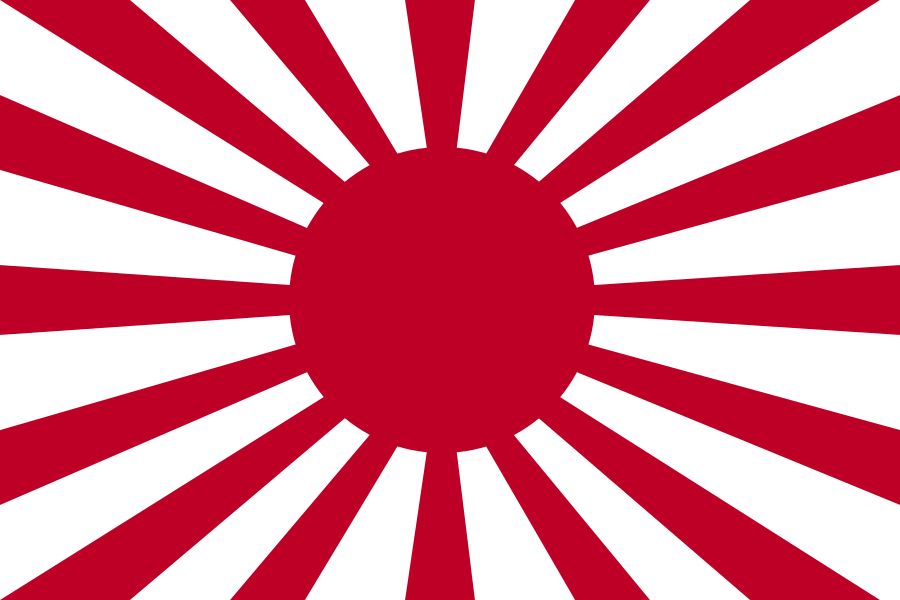Tomoyuki Yamashita
山下 奉文
General - Imperial Japanese Army
Wikimedia/US National Archives
When he took command of the Philippines in 1944, General Tomoyuki Yamashita had his work cut out for him. The Japanese general was famous for his leadership in the campaigns against the British in Malaya in late 1941 and early 1942, earning the nickname of the “Tiger of Malaya”, but the disorganize state of the Japanese troops in the archipelago would prove a test for his leadership ability.
A graduate of the Imperial Japanese Army Academy in the class of 1905, Yamashita had seen his first action in 1914 as a young officer taking part in the Japanese assault on German Tsingtao. He had then attended the Army War College in Tokyo before serving various diplomatic posts in Germany and Switzerland in the early interwar years. After returning to Japan in 1922 he had steadily rose through the ranks until his push for reform had rankled the influential General Hideki Tojo and even the Emperor himself, resulting in Yamashita being reassigned to backwater postings in Manchukuo for a time.
Yamashita’s greatest triumph: the capture of Singapore from the British in 1942 - Wikimedia
In late 1941 Yamashita was placed in command of the 25th Army, a formation based in occupied French Indochina, and on December 8th commenced an invasion of British Malaya. This campaign, fought quickly with his men advancing on Singapore and capturing the city by mid February of 1942. This action, where Yamashita’s 30,000 troops forced the surrender of the 80,000 British defenders, was the largest single defeat in British military history and cemented Yamashita as one of Japan’s most famous generals.
Despite this success, his old rival Tojo held the post of Prime Minister, and ensured that Yamashita was shoved quickly out of the limelight, being returned to his Manchurian backwater for a majority of the war. After Tojo was removed from office in 1944, Yamashita was ordered to take overall command of the defense of the Philippines, as it was known that an attack by US forces under MacArthur was imminent.
General Yamashita in the field - Wikimedia
On October 10, 1944 Yamashita arrived in Manila to take command of the Philippines. He had his work cut out for him, with only three of his fifteen staff officers having any experience in the Philippines, and in addition, he only knew and trusted one of them, Lieutenant General Akira Muto, who served as his Chief of Staff. The troops he commanded were exhausted, not the least reason being that the non-cooperation of the local Filipinos forced the Japanese to use their own soldiers for tasks such as loading and unloading ships. He also faced the same issues that plagued the entire Empire by this late stage of the war: critical shortages of almost every type of supply. Petrol, ammunition, and even food were difficult to acquire.
The situation in regard to the Japanese command’s familiarity with the islands is best summed up nine days after Yamashita arrived in the Philippines, when the Americans landed at Leyte. General Muto, upon being informed of the landings uttered a single question: “Where is Leyte?”
As the Leyte Campaign proved disasterous for the Japanese, Yamashita prepared for the invasion of Luzon, which came on January 6th of 1945. Yamashita’s strategy for the defense of the heart of the archipelago consisted of dividing the 260,000 men under his command into three groups: the largest, designated Shobu, was under Yamashita’s direct command and was tasked with the defense of the northern sector of the island, where Yamashita intended to fight the maing battle for the Philippines. Kembu Group was detailed to defend Bataan, where the Americans had made their last stand in 1942, while Shimbu Group was tasked with the defense of the capitol and the south of the island.
Faced with the rapid US advance on the city from both north and south in late January, Yamashita ordered his forces to abandon Manila, leaving the capitol to the advancing Americans so as to preserve his strength for the protracted fight he planned in the mountains, but the Imperial Navy commander of the city, Rear Admiral Iwabuchi, refused to comply and began fortifying the city, even as Yamashita’s Army troops withdrew in whatever transportation could be made available.



